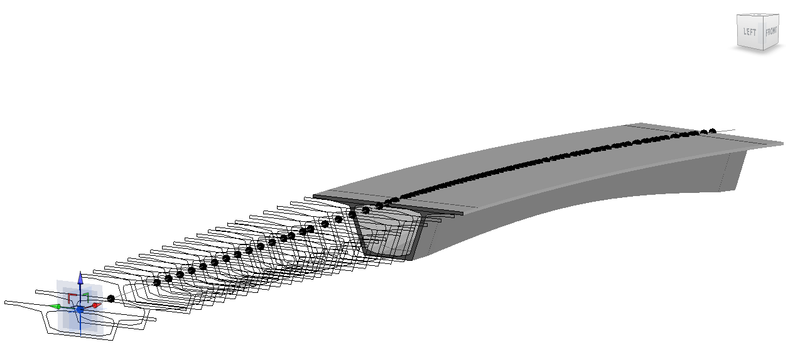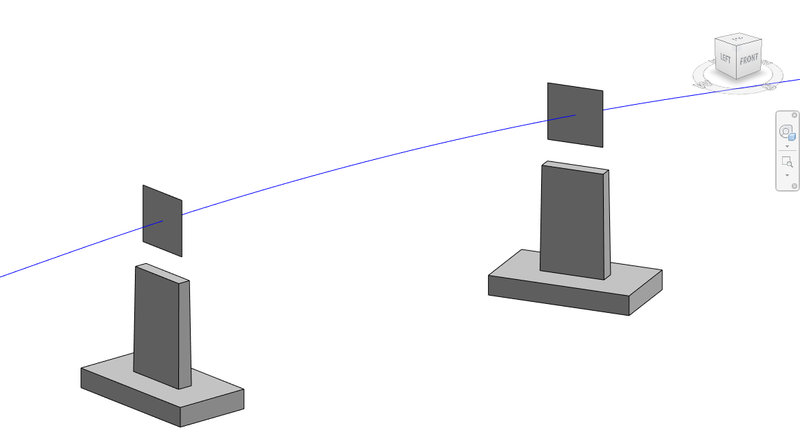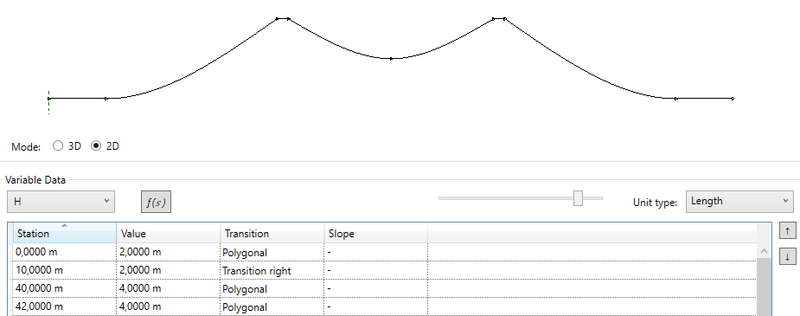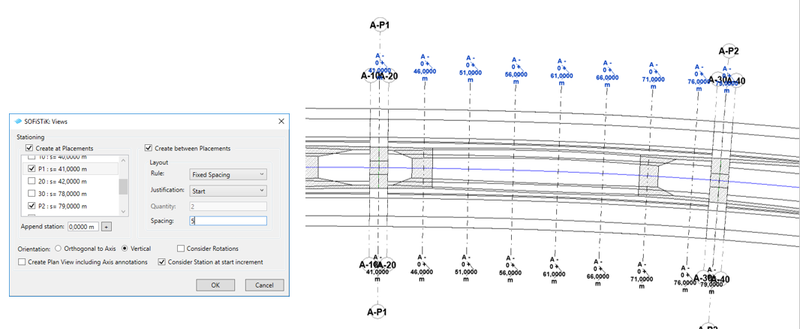Bridge Design and Detailing in Revit
Sharp distinctions in design between the building and infrastructure industry require a transfer and adaption of existing solutions and workflows. The related challenges of this advancement are creating new opportunities in software development.
Bridge design is a very dynamic process, and modifications on the structure are happening on a regular basis. To ensure an efficient workflow – it is essential for software solutions responding to these ongoing changes by minimising the effort in remodelling the structure.
Combining an elaborated parametric design approach with intuitive 3D structural detailing tools – SOFiSTiK Bridge Modeler supports engineers and draftsman in designing infrastructure projects. By using Revit 2019 as a platform, the plugin enhances the modelling capabilities and generation of parametric profiles.
Modelling
Bridge structures are generally modelled based on parametric cross-sections assigned to a given axis.
- Definition of the bridge axis by providing the road alignment information (horizontal/vertical alignment or file import).
- Assignment of placements (points of interest) for modelling superstructure and substructure components.
- Additional bridge equipment elements such as parapets and railings. (generation along the bridge)



Parametrisation
The parametrisation of the structure is crucial for complex double-curved superstructures with variable cross-sections. It is the basis to access and modify data at any time. On top of that, the plugin provides intuitive dialogue-boxes which enable adjustments of the axis, bridge components (cross-sections) and substructures.
Learn how to define parametric cross-section: User-Defined Bridge Cross Sections in Revit
User experience a high level of design regarding complexity, flexibility and level of detail utilising Adaptive Generic Revit Families (cross-sections) and 3D Revit Families (substructure elements).

Plan creation and data compatibility
Bridge alignments are mostly curved and creating orthogonal section views along the axis is difficult and time-consuming. By utilising the axis, assigned components and given stations the plugin enables a fully automated process to generate section views. Adding information to profile families optimises repetitive work such as dimensioning of cross-sections.

Elevation points
Placing the structure appropriate in the coordinate system allows extracting useful information of the bridge afterwards. Select cross-section relevant points within the profile families to generate views and tables with the calculated height.
Longitudinal section
Although there are discussions about if the longitudinal section should be a requirement in 3D design, it still needs to be presented in the project documentation. By defining a vertical plane along the axis and its intersection with the bridge elements (superstructure and substructure) a view with corresponding detail elements is generated automatically.

Wrap-Up
Implementation of 3D modelling and BIM technology is being developed by many software manufacturers and shaped by users as well as best practices. Engineers aim to provide better designs according to the clients and government requirements in a BIM environment.
This demand is the motivation to develop a plugin in Autodesk Revit with an intuitive interface, a parametric modelling approach and robust detailing functionalities – the SOFiSTiK Bridge and Infrastructure Modeler.
To learn more about Bridge Modelling in Autodesk Revit with SOFiSTiK.
